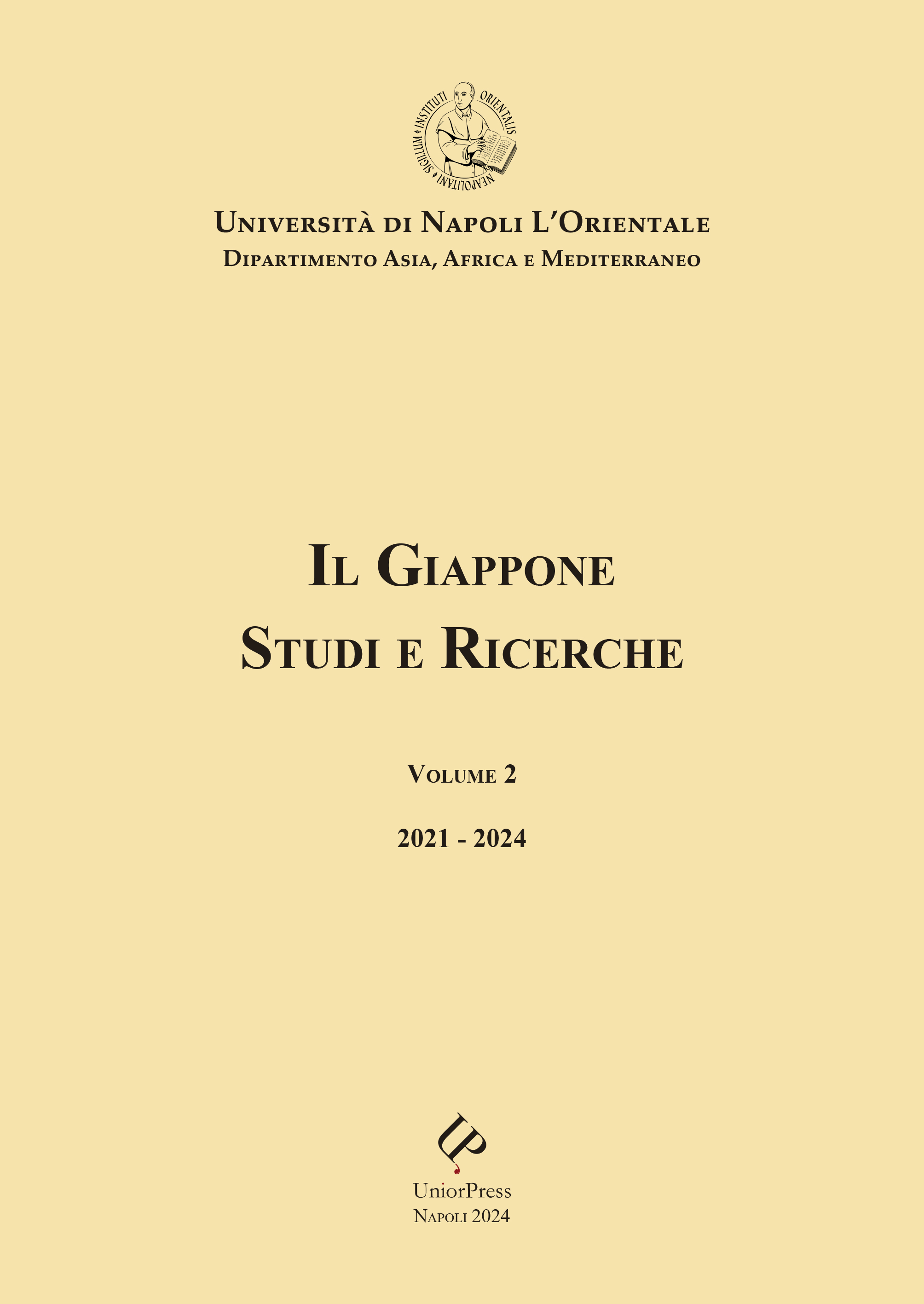DIPLOMAZIA E DUALISMI RELIGIOSI NEL GIAPPONE DEL PRIMO ‘700
GLI INTERROGATORI AL MISSIONARIO GIOVANNI BATTISTA SIDOTI, MEDIATI DAGLI OLANDESI
DOI:
https://doi.org/10.6093/2724-4369Abstract
On the 25th of August 1708, the missionary from Palermo, Giovanni Battista Sidoti (1668-1714), left Manila, for the third time, on the ship Santissima Trinidad, and finally landed in Yakushima late at night on October 10, 1708. Immediately captured, he was subjected to examinations by the governors of the island, and since there were no interpreters, it was decided to immediately transfer him to Nagasaki. Within the port city, due to the country’s policy of isolation, the Dutch were allowed to remain, confined to the islet of Dejima. And it is precisely to the Dutch to whom the government, realizing the impossibility of communicating with a foreign person, asked for help with understanding him.
This article aims to analyse the interrogation at Sidoti, as noted in the reports of the Dutch, called into question to mediate these meetings with the missionary, and, above all, the role they played, as eyewitnesses, in the missionary’s attempt to restore relations with Japan and the Catholic missions. We will also see, on the one hand, the priest’s immediate resentment for the Dutch, which he believes to be the proponents of the expulsion of Catholic Europeans from Japan; and on the other, how the Dutch feel threatened by the presence of the clergyman so as to blatantly discredit him.


